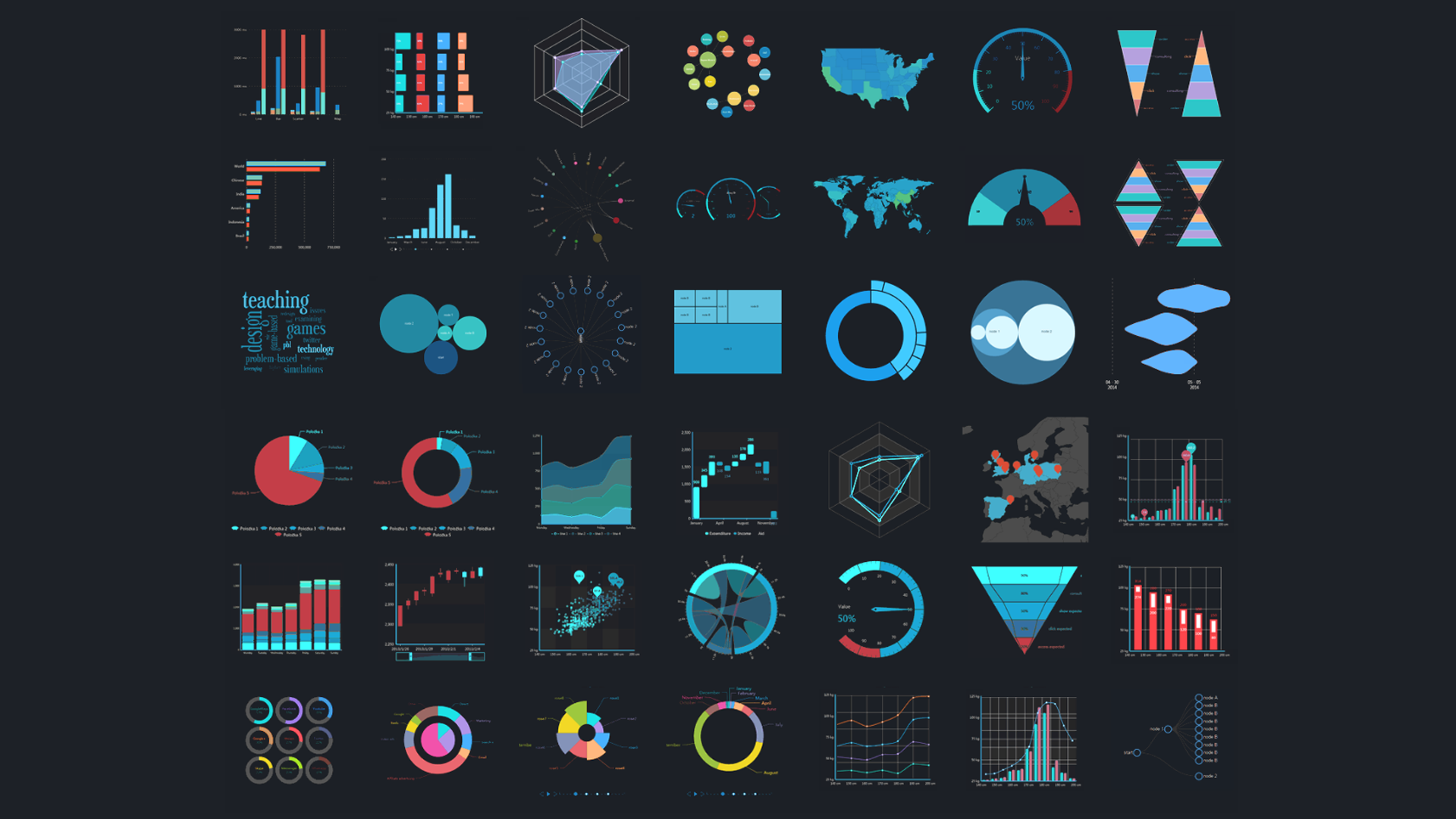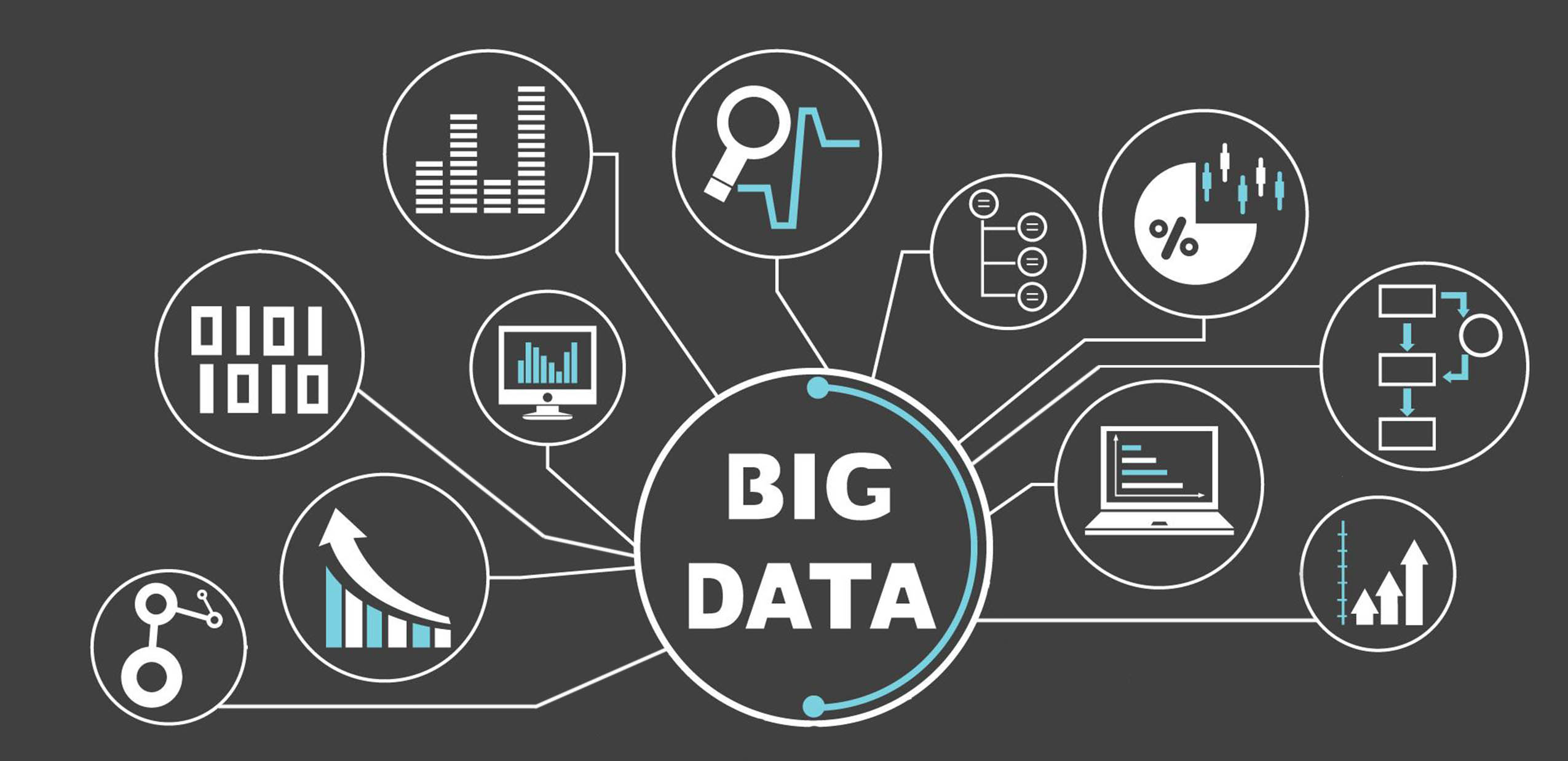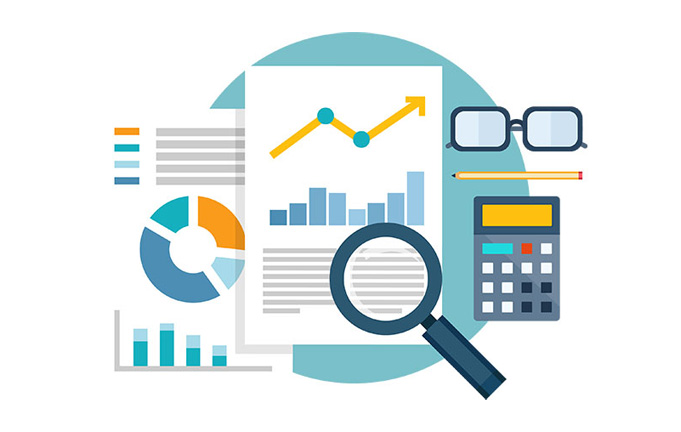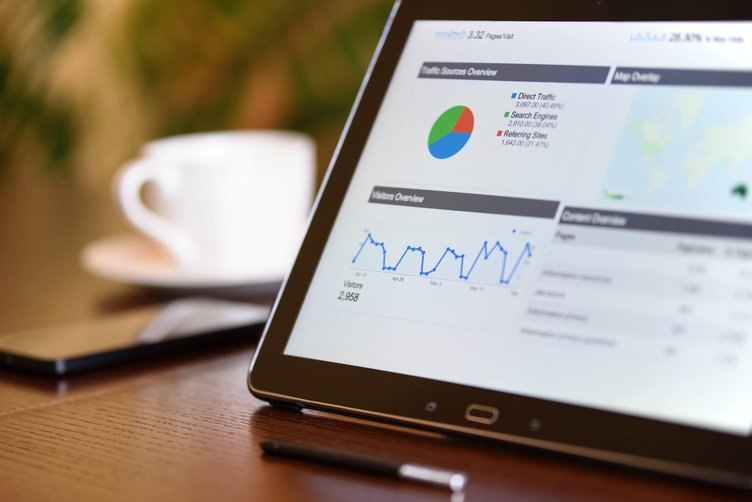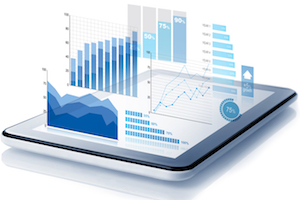BI (business intelligence) comes in many shapes and forms and although some of the more traditional tools do utilize it to a small degree, they are no longer a viable option for dealing with data analytics. Excel is one such tool, and while it does provide excellent functionality as a spreadsheet, it is no match for a modern BI system. There is some irony, however, in the fact that many modern BI tools will, in fact, link-up with your existing Excel files and communicate with them to analyze your data.
Balancing cost and functionality
Many businesses may have fallen into the trap of viewing their Excel system rather like a comfortable old pair of shoes. You have had them a long time, you know them well, and they feel so comfortable that you are loathed to change them. The fact is, however, that Excel sheets can only deliver up to a point and your business will be missing out on the full analysis and use of its data without a modern BI system.
OK, I can already hear you thinking that your tried and trusted Excel system is brought and paid for and still providing loyal and unstinting service while a modern BI system for your small business could potentially cost you anywhere between $600 to 6,000 dollars per year. Dependent upon the size of your business, there are, however, more than a few hidden costs associated with using spreadsheets including the need for other dedicated programs that work with them. That is before you factor in time savings and subsequent costs that accompany a faster and more usable BI system.
What BI does that spreadsheets cannot
Spreadsheets will not be able to handle the huge amounts of data (big data) that small to medium-sized operations are generating and there is no way they can even begin to analyze that data. Apart from analyzing your data over time, a modern BI system also gives real-time reporting and frequent updates as your data banks rapidly grow.
Collaboration just isn’t an option with spreadsheets, never even mind the ability to do so in real-time. BI systems provide that collaboration and they also integrate across programs, data streams, and multiple tables too. Security and ease of access to your key individual users and teams is also a prerequisite with the BI option. If that wasn’t enough, scalability is built-in and you can be confident that as your business expands, a BI system has the agility and flexibility it needs to grow along with it.
Considering huge data loads
Unless you like the idea of waiting for sluggish uploads or taking more coffee breaks than is good for your health, you won’t want your business to experience the inevitable slowdown that accompanies using Excel to handle large data loads. From clumsy and drawn-out navigation to time-consuming manual operations, spreadsheets can be veritable time eaters.
A big part of the problem in using spreadsheets as BI data tools lies in the manually intensive operation of the software but there are also other reasons why they have difficulties with large amounts of data. Top of the list are human errors due to their heavy reliance on data input and this is borne out in reports that one in five companies using them has sustained financial losses through errors!
Collating data and analyzing it over time
Unless you are totally satisfied with only seeing your latest data and are not interested in having the ability to compare it historically against the newer inputs, you are going to need a modern BI system instead. Spreadsheets fail to provide real-time data comparisons and the actual quality of the data analysis process is likely to prove ineffectual too.
While a BI will allow you to filter and breakdown the data you target, it won’t require you to download it. The upshot of this is that those who need to carry out the data analysis will be able to accurately and quickly identify trends and provide the data that you need to make those all-important business decisions.
Collaboration in real-time and rapid data growth
Sharing data with other users via spreadsheets can be nothing short of a nightmare and making changes (especially in Excel) has the habit of unleashing a whole string of cell behavior that has the potential to slow operations right down. Collaboration with other users and integration of their own spreadsheets doesn’t even warrant thinking about it. In fact, anyone who has been prepared to embark on such a painstaking odyssey can attest to its inherent inefficiency.
BI software, by comparison, is continually updating in real-time and manual formula updates are strictly a thing of the past. It also provides unlimited sharing across users and devices including alerts, auto emails, and scheduled report sharing with key users across all of your data sets and projects.
Working with multiple tables, access, and security issues
Security isn’t a word that most people would associate with Excel and unfortunately, the files themselves are totally portable and have a nasty habit of ending up on desktops and in device download apps all over the place. BI, on the other hand, is able to offer virtually infinite levels of security from single pieces of data to rows, columns, and ultimately through permission shared data dashboards.
Choosing a system that scalable and easy to use
One thing that we are confident about is that once you have used a modern BI analytics system, the thought of trying to manage with spreadsheets will give you nightmares. As a data analytics tool, Excel is lacking in so many ways and some of them only become apparent once you attempt to make it do what you want it to do.
Scalability, is, of course, one of the most important factors to consider when purchasing any business tool and BI systems are no exception. The great news is that programs such as self-service BI and others provide all the functionality and scalability that your business needs to move forward with its data analytics requirements.



